Understanding the “Big Bang” Machine
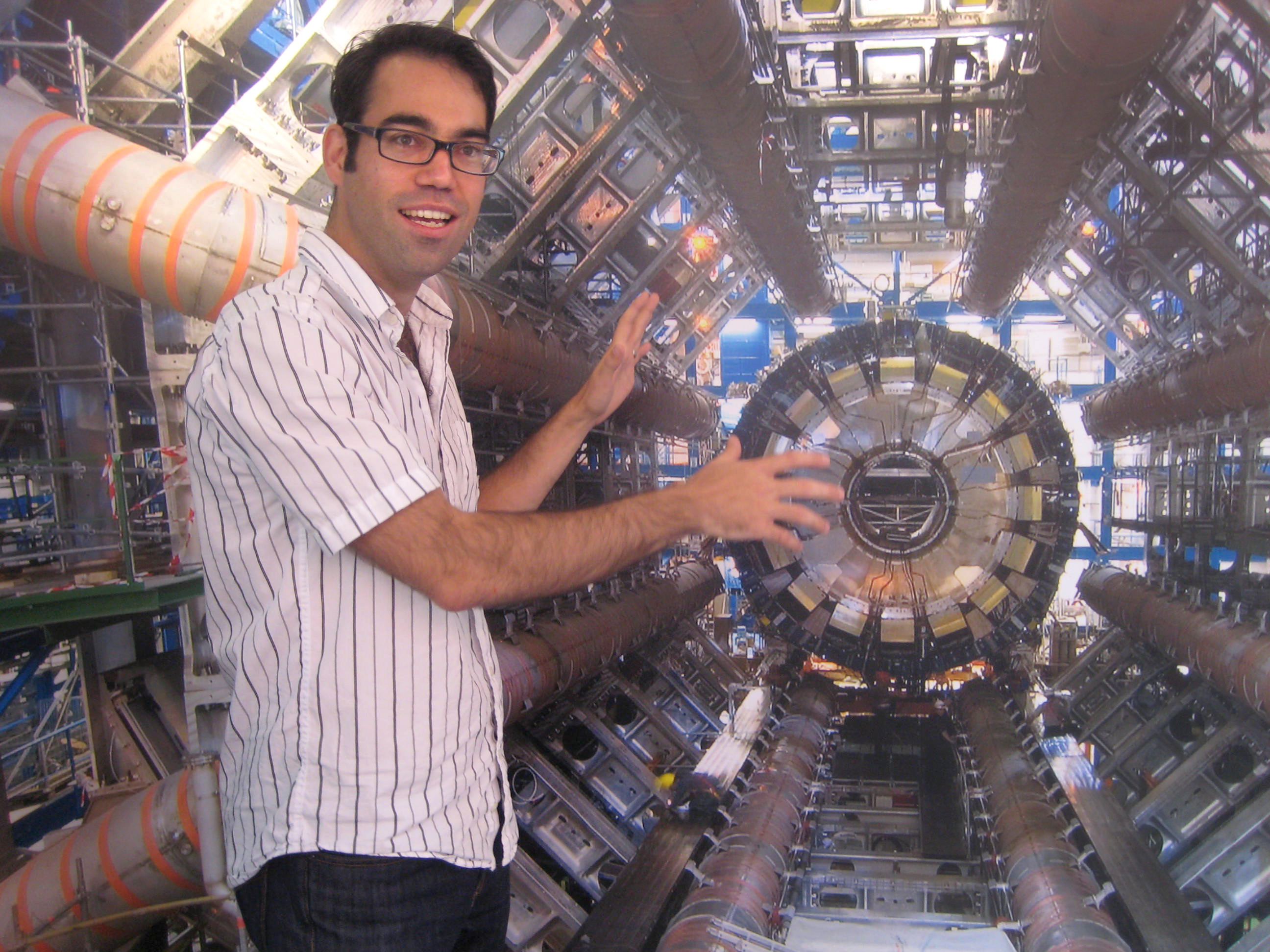
How do you explain the world's largest science experiment to a seven year old? With analogies, patience and a sense of humour.
Physicist Kyle Cranmer did just that, taking on the task of making the Large Hadron Collider (LHC) – a particle accelerator located at the European Organisation for Nuclear Research (Cern) laboratory in Geneva – accessible to audiences of all ages at the 2011 World Science Festival in New York.
Adults and children crammed into Cranmer’s booth at the festival’s street fair to learn what the world’s largest atom smasher is all about.
“This accelerator takes protons, which are the nucleus of a hydrogen atom, and accelerates them to nearly the speed of light,” Cranmer said.
The LHC is a circular tunnel, 27 kilometres in circumference, lying under the Swiss-French border, where high-energy protons in two counter-rotating beams collide to reproduce conditions fractions of a second after the Big Bang 13.7 billion years ago.
Particle collision is something like taking two cars on the opposite side of a race track and crashing them into each other head on.
Through the experiments at the LHC, scientists are looking for new or previously unseen particles which they predict could help explain the nature of mass, the source of mysterious dark matter, new properties of space and time, as well as what the universe was like in its infancy.
Mind-blowing stuff
The collider is an internationally-funded project which cost $10 billion (SFr 8.4 billion) and began operating in 2008.
Cranmer, an Assistant Professor at NYU, works on the ATLAS experiment, which is one of two “multi-purpose” particle detectors buried 100 metres underground at Cern.
“Usually we think of turning matter into energy, but we’re doing the reverse process, we’re taking a huge amount of energy and making matter,” Cranmer said.
When the protons collide with each other at the LHC, there’s enough energy to produce new particles.
The energy needed to create a particle is its mass times the square of the speed of light or E=MC².
So the bigger the mass of the new particle to be created in the collision, the more energy needed.
High velocity
“Normally, two particles will repel each other. So you need to fire them at really high velocity to get them to crash,” said Rubin Amaez, a 17-year old volunteer at the event.
The LHC is filled with superconductor magnets to steer and focus the protons in beams that repeatedly circle the ring.
But there is a practical limit to the strength of the magnets, so to reach the needed energy level, the curvature of the particles’ paths needs to be reduced, hence the need for the 27-kilometre circumference.
As Nobel Laureate Steven Weinberg put it at the World Science Festival: “If we want to discover new varieties of matter, we have to build bigger accelerators.”
Inside the LHC, the collisions form new particles that fly out into the detectors, which are like huge digital cameras, snapping about 40 million photos a second.
Of the enormous amounts of data collected, only a few collisions have the special characteristics that might lead to new discoveries.
“Most of the data is discarded,” Steven Goldfarb told the crowd via a video link from the ATLAS control room in Geneva. “If we took all the data we would be storing a petabyte of data every second, which is about a thousand of the disks that you can buy at the store.”
A big equation
In New York, Cranmer stands next to an enormously complicated mathematical equation he’s affixed to his booth – with lines and lines of variables – which is the widely accepted theory of physics known as the Standard Model.
“This huge equation describes how your cell phone works, why the sun shines, and just about everything is embedded in this formula,” Cranmer tells the crowd. “It only took me 15 years of studying it to understand it!”
He explains that one of the main goals of the LHC experiments is to confirm a major piece of the Standard Model that has not yet been confirmed, called the Higgs boson, named after the British scientist who first suggested it as the agent that gives mass to particles.
“As we find out every morning when we step on the scale we definitely have mass and weight,” Cranmer says. “The mystery is why fundamental particles have mass — and that’s where the Higgs boson comes in.”
“We have this beautiful theory that describes the world so well, that has survived every test we’ve thrown at it in the last 20 years, but if we don’t see the Higgs at the LHC, that theory is wrong… that would be both confusing and exciting.”
Angels and demons
But the experiments are looking beyond the Standard Model in the hope of unlocking the mysteries of the universe. The experiments also hope to investigate why most of the universe is dominated by an unknown type of matter called dark matter.
Dark matter is one of the oldest mysteries in physics; while scientists have known about it since the 1930s, they still don’t know what it is.
“We may be able to produce the particles that make up the dark matter at the LHC and put this decades-old mystery to rest,” Cranmer said.
Antimatter definitely exists but not in the way described in Dan Brown’s popular book Angels and Demons, Cranmer said.
“We do make it, but it takes too much energy to create enough antimatter for practical applications,” Cranmer says.
The book suggests that antimatter created by Cern could be produced in useful and practical quantities and be a limitless source of power.
As for the ATLAS project, it has started to yield results, according to Goldfarb. “We’ve made some discoveries. We saw for the very first time what matter was like in the early universe, microseconds after the big bang, before even protons were formed,” he said.
But the Cern scientists hope the very exciting discoveries are still to come. Cranmer encouraged the children at the street fair to study hard because there are still amazing things to find out.
– The LHC took about 15 years to construct.
– It is 4.5 times longer than the Tevatron in Chicago, previously the largest particle accelerator,
and has about 50 times more energy stored in its beams.
– An estimated 10,000 people from 60 countries have helped design and build the accelerators and its massive particle detectors.
– The LHC, which currently operates at 3.5 trillion electron volts will be upgraded in 2013 so that it can run at seven trillion volts, starting in 2014.

In compliance with the JTI standards
More: SWI swissinfo.ch certified by the Journalism Trust Initiative
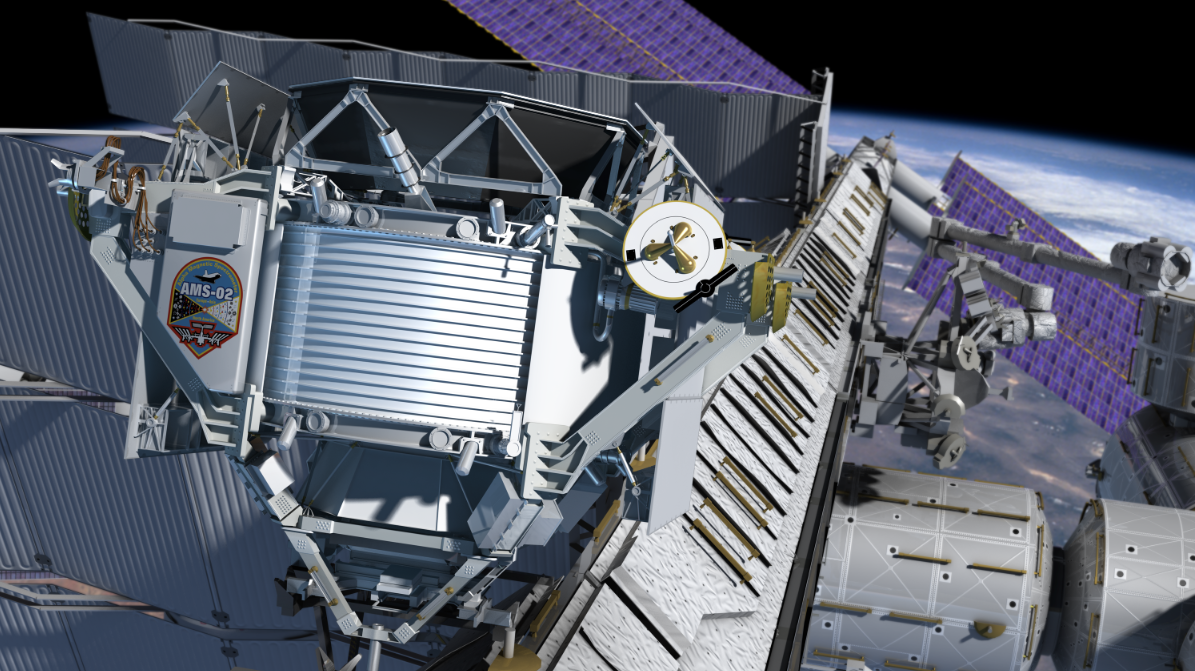
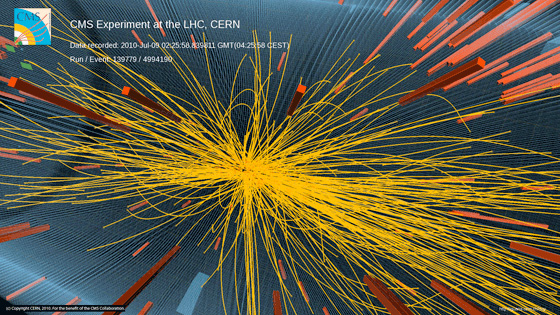
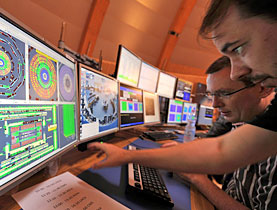
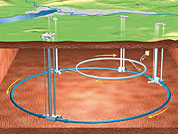
You can find an overview of ongoing debates with our journalists here. Please join us!
If you want to start a conversation about a topic raised in this article or want to report factual errors, email us at english@swissinfo.ch.